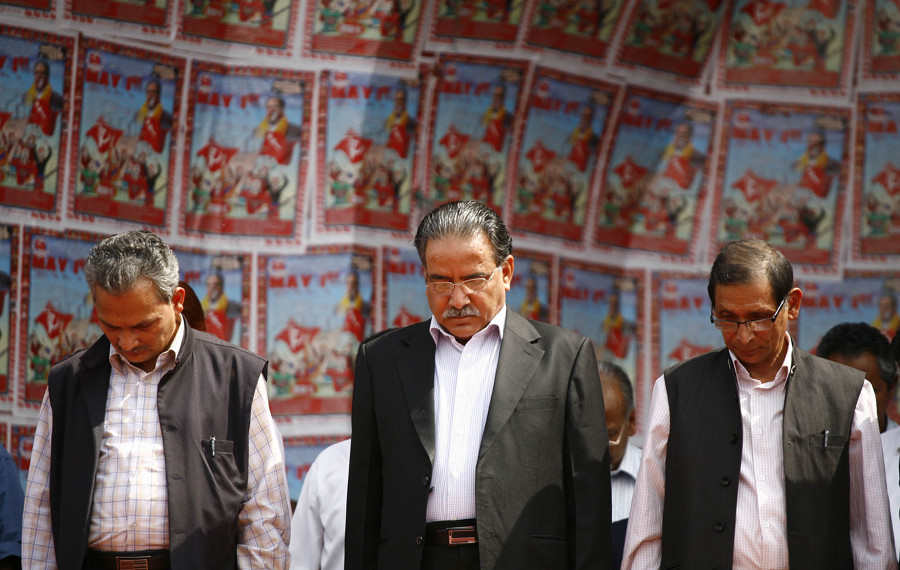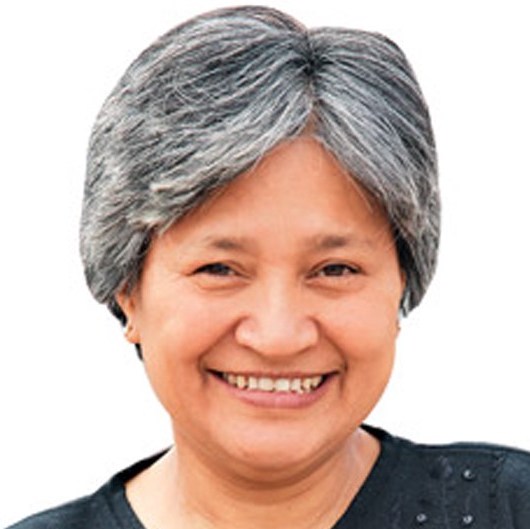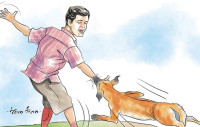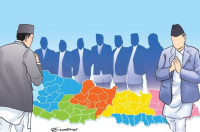Columns
Revolution and counter-revolution
Why have the Maoists run out of steam, and their vision become nearly void?
Hisila Yami
The coming February 13 marks the 25th year of the start of the ‘People’s War’ by the Maoists in Nepal. In 2012, I remember my daughter Manushi telling me, ‘Mother, you are so lucky to be part of the history in making this country a republic. We may not have any contribution to make in our lifetime.’ I had said, ‘Don’t worry, a revolution is generally followed by a counter-revolution, and you may be required to fight against it.’ I am baffled to note how fast the counter-revolution has come in Nepal.
Before delving into revolution and counter-revolution, let us examine the positions of the political parties before the Maoist conflict started. Although all of them were working to weaken the monarchy, there were different tendencies. The Nepali Congress was known for fighting for democracy, but they could not go beyond multiparty democracy under the monarchy. Various brands of communist parties, particularly the Communist Party of Nepal (Unified Marxist-Leninist) were fighting for a republic, but they could not go beyond abstract class issues. There were small parties such as the Janmukti Party and Sadbhawana Party that were campaigning for federalism, but they could not go beyond identity issues. There was only the Maoist Party that pursued a package programme of democracy, republicanism, federalism and secularism making it a holistic movement.
Synchronised leadership
It is interesting to note how the parties were functioning when the People's War was going on. Most of them, including the Nepali Congress and the CPN-UML, would condemn the Maoists as extremists when they were out of power; but when they were in government, they were keen to engage with the same Maoists. At the same time, the Maoist Party was spreading throughout the country because it not only addressed class issues but also nationalist, regional, gender, Dalit and other issues. There was also synchronised leadership during this period.
Pushpa Kamal Dahal played a pragmatic role in infusing power to the party while Baburam Bhattarai gave vision and direction, and Mohan Baidya made sure the party was not deviating from the path of classical revolution. A critical examination showed that Dahal represented a petty, bourgeois demagogue who named the party’s ideology after himself, as ‘Prachanda Path’. Bhattarai represented an idealist leader who was more theoretical and was involved in developing Marxism in the present context. Baidya represented a dogmatist leader who liked to bask in the past.
Despite various lacunas, the People's War created a situation for launching the second People's Movement in cooperation with other parties, resulting in the promulgation of the constitution through a Constituent Assembly. However, after the promulgation of the new constitution, the structure of most of the political parties didn’t change. They engaged in power-mongering instead of pursuing transformative action, and they are still hesitating to make their parties inclusive as demanded by the constitution. They still have a hangover of the feudal mindset whereby democratic norms are hardly practised within the party.
Ironically, the counter-revolution today is not being led by former king Gyanendra and his regressive forces, but by KP Oli, the so-called proletarian president of the Nepal Communist Party. Dahal, former Maoist leader and co-chairman of the Nepal Communist Party, is on the streets demanding the reinstatement of the dissolved Parliament. At the same time, many people are asking questions about the actions, or lack thereof, of the former Maoists in the Nepal Communist Party. How is it that the women’s movement has taken a back seat?
The Dalits were much-empowered during the People's War, and were known for making and maintaining arms and ammunition for the Maoists. But the recent brutal killing of a Dalit youth and his friends by former Maoists in Rukum, once a hot spot of the People's War, shocked the nation. The young man had dared to love the daughter of a so-called upper caste Thakuri for which he lost his life. Even then the Dalit organisation of the Nepal Communist Party said not a word. Take the case of the Janajatis who had autonomous provinces based on identity during the People's War, but who kept their mouths shut when the provinces were formed without any regard to the spirit of identity and federalism. During the People's War, martyrs and disappeared persons were honoured by having landmarks named after them. But today the former Maoist leaders are in no hurry to conclude the Truth and Reconciliation Commission.
Hunger for power
Why have the Maoists lost steam? How come their vision has become nearly void? This is mainly due to Prachanda’s hunger for power at the cost of principles and issues. There is a potential for conflict if ethnic and regional oppression is not addressed. If the Truth and Reconciliation Commission is not effectively implemented, renewed conflict may result. But KP Oli wants to turn the clock back by trying to replace the 2015 Constitution with the 1990 Constitution. No wonder dust is gathering in the streets for another storm, the third Jana Andolan!
In many ways, parallels can be drawn between Aung San Suu Kyi, who was hailed as the leader of democracy in Myanmar for fighting against the military junta, and Dahal, who was hailed as a leader who fought against the monarchy to make Nepal a federal republic. In course of time, Aung San Suu Kyi succumbed to the same military authority, disappointing those who had conferred the Nobel Prize on her. Recently, she has been stabbed in the back by the military that has imprisoned her. Similarly, Dahal succumbed to Oli who was against federalism and republicanism, disappointing those who stood for inclusive issues. Today, he is being stabbed in the back by Oli who has sent him to the streets. I wish he is not imprisoned like Aung San Suu Kyi in Myanmar!




 6.12°C Kathmandu
6.12°C Kathmandu















